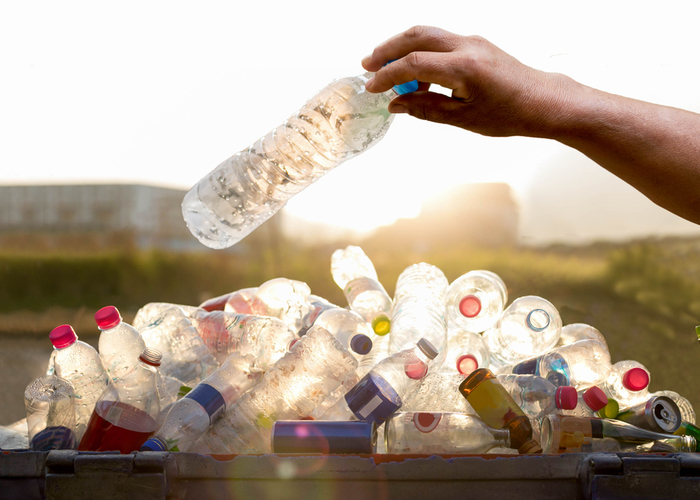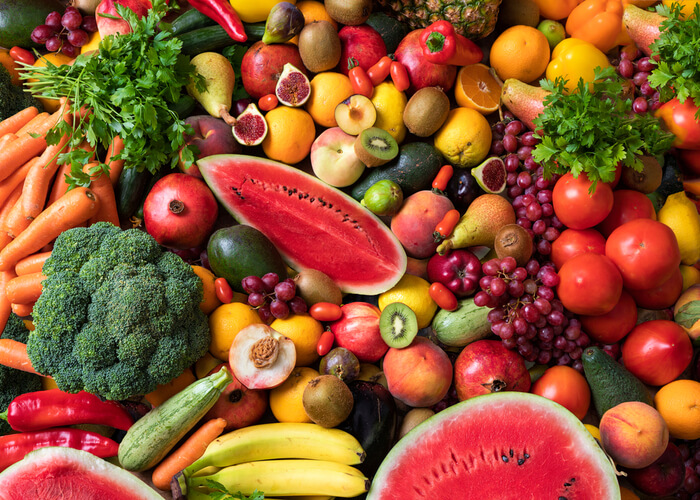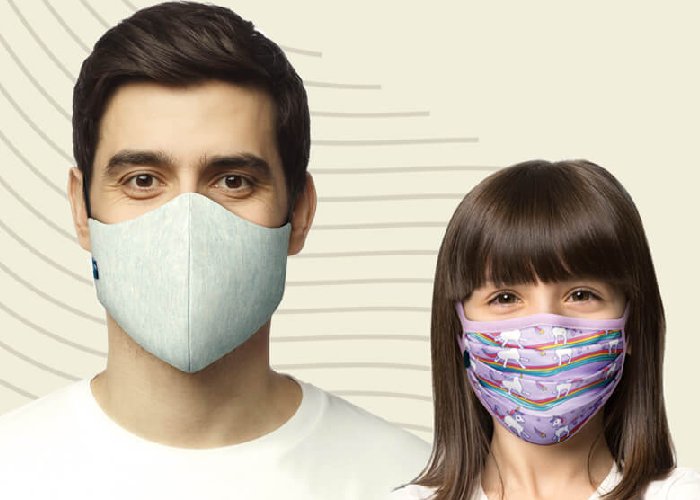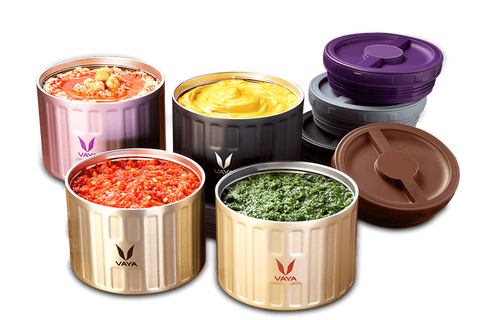You may have missed it, but July was officially declared to be plastic free month by the Plastic Free Foundation. For the entire month of July, participants from all over the world strived to reduce their personal plastic consumption. This is something that is way easier articulated than achieved. Plastic is a major part of our everyday life now. There’s just about no disposable item that you can buy that doesn’t contribute to the accumulation of plastic waste. And even if you cut out disposables, plastic is used in just about everywhere. If you’re reading this article, you are definitely utilizing plastic right now.
But the challenge wasn’t about eliminating the use of plastic altogether. It was about making people seriously contemplate how they interact with plastic in their life on a daily basis. The Plastic Free Foundation highly encourages reducing the use of plastic in a way that suits your lifestyle. If you buy disposable, throw away water bottles for example, try switching to a stainless-steel thermos flask, so you can reduce
The reason it is important to think of your plastic usage as a consumer is that plastic consumption has become a true environmental problem. Mountains of plastic have been building up in landfills all around the world, and recent news has shown that large parts of the ocean floor is covered in plastic.
Plastic consumption is bad for three primary reasons:
- Plastic is not biodegradable
Plastic does not breakdown on its own, so when we produce it, it’s here forever. Used plastic is either recycled into new plastic products (this is true only for about 9% of plastic) or it sits in a landfill for more than hundred years or so. - Plastic is made from fossil fuels
Plastic is a nonrenewable resource because it is a byproduct of fossil fuels. The fossil fuels make the plastic production process automatically bad for the environment. - Plastic burns a lot of energy
Perhaps the most distressing problem with the plastic industry is that it is so large. The large majority of products are made utilizing plastic, which means that we are always making plastic products. This is especially true for disposable plastic products. Always having to replace our single use products means we have to expend more and more energy than if we made sturdier, long term, reusable products. Stainless-steel for instance is quite durable and makes a better alternative than plastic.
Although July has passed, it isn’t too late to commit to reducing plastic in your life. Just figure out a way that works for you. Switching to stainless-steel water bottle and tiffin boxes, using steel or wooden cutlery and straws in your everyday life, although seems like a small change, still will be a great start to lowering plastic use. When you do this, not only are you doing your bit for the environment but consciously making a healthier choice too!








Recent Comments